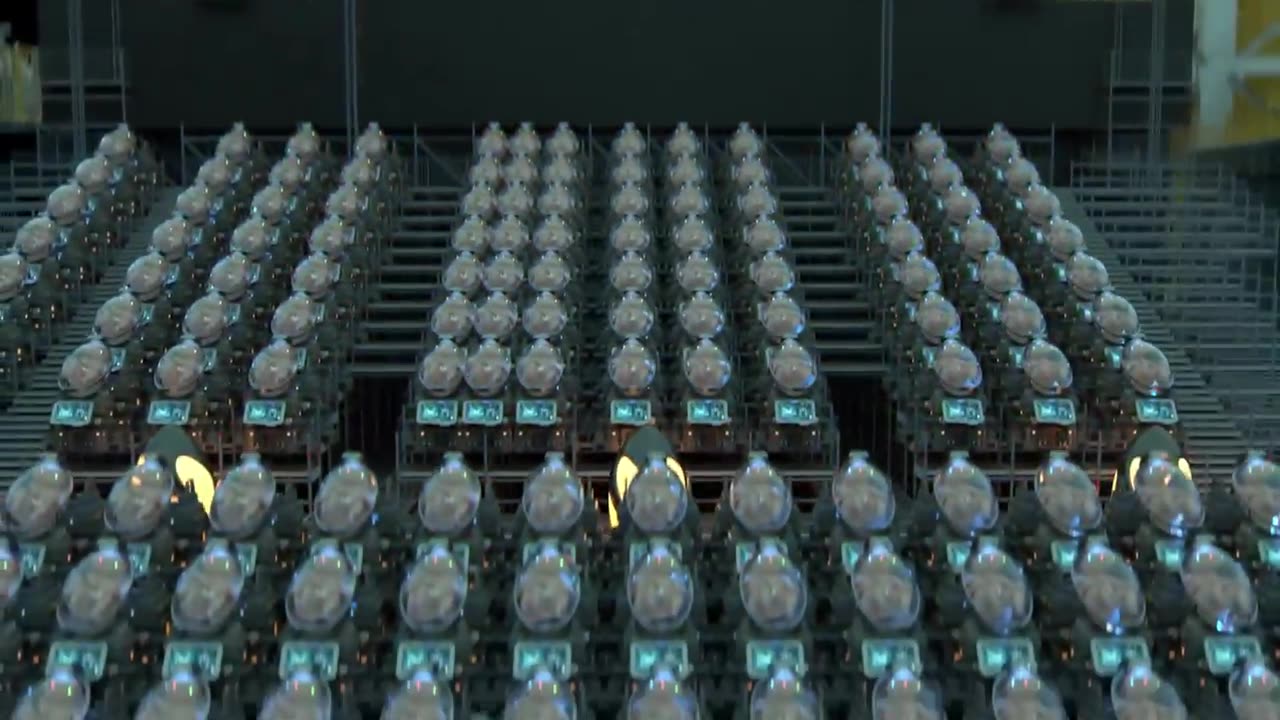Premium Only Content

The world's first artificial womb technology
The world's first artificial womb technology represents a groundbreaking advancement in reproductive science and medical technology. This innovative system, often referred to as an "ectogenesis chamber," aims to replicate the conditions of a natural womb to support the development of a human fetus outside of the mother's body.
At its core, this technology consists of a specialized chamber filled with amniotic fluid that mimics the nurturing environment of a mother's womb. Within this chamber, a developing fetus is carefully monitored and provided with all essential nutrients and oxygen through a network of sophisticated life-support systems. Temperature, humidity, and other environmental factors are meticulously controlled to create a safe and ideal gestational environment.
The potential benefits of artificial womb technology are numerous. It offers new possibilities for the survival and healthy development of premature infants, reducing the risks associated with preterm birth. Additionally, it could provide opportunities for couples struggling with infertility or those who choose alternative methods of conception, such as surrogacy, to have biological children.
Ethical and societal implications surround the use of this technology, raising questions about the definition of motherhood, the limits of medical intervention in reproduction, and the potential for increased control over human gestation. Nevertheless, the world's first artificial womb technology marks a significant leap forward in the quest to understand and replicate the complexities of human development, with the potential to reshape the landscape of reproductive medicine and parenthood.
-
 LIVE
LIVE
Fresh and Fit
4 hours agoCatching Predators In Los Angeles with Vitaly & Noah Atwood
5,852 watching -
 LIVE
LIVE
Right Side Broadcasting Network
2 days agoLIVE: President Trump Holds a Rally in Milwaukee, WI - 11/1/24
27,435 watching -
 52:14
52:14
Talk Nerdy 2 Us
10 hours agoHacks, Scandals, and Espionage: Inside Today’s Most Shocking Cyber Heists!
7.68K1 -
 LIVE
LIVE
I_Came_With_Fire_Podcast
9 hours agoLive Fire (No Exercise)
356 watching -
 1:33:41
1:33:41
Kim Iversen
6 hours agoMichael Flynn, Steve Bannon and Trump: Sean Stone Reveals The Deep State's Plot To Take Down An American President
55.5K16 -
 58:39
58:39
Flyover Conservatives
22 hours agoPorn & LGBTQ+ Agendas in Schools: What You Can Do - John Amanchukwu; 7 Key Indicators You Can't Ignore - Dr. Kirk Elliott | FOC Show
21.6K -
 LIVE
LIVE
Drew Hernandez
10 hours agoTRUMP RALLY WI, CNN LIES & MARK CUBAN NUKES KAMALA
1,913 watching -
 1:53:28
1:53:28
Glenn Greenwald
6 hours agoMedia Fabricates Trump’s Call For Liz Cheney’s Execution; Slate Writer Demands Usha Leave JD; Darren Beattie On 2024 & Pakistan | SYSTEM UPDATE #361
75.2K32 -
 1:12:53
1:12:53
Havoc
7 hours agoListener's Lounge - The Chat Takeover
42.1K1 -
 LIVE
LIVE
Tundra Gaming Live
9 hours ago $4.46 earnedOne More Day Of Zombies Then Back To Warthunder
614 watching